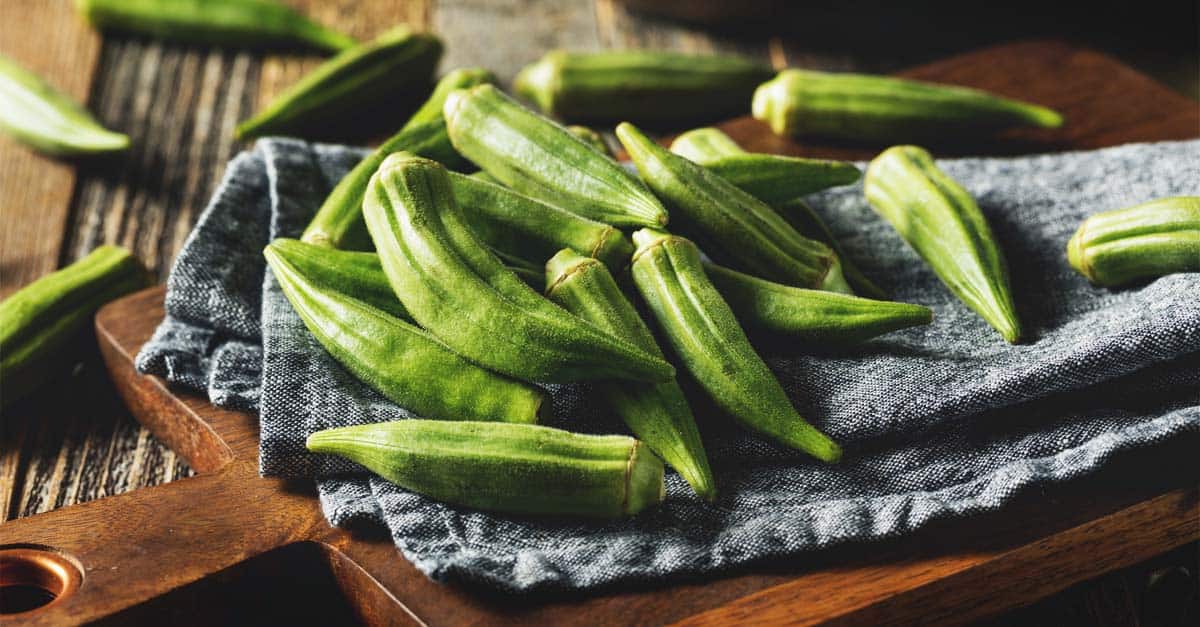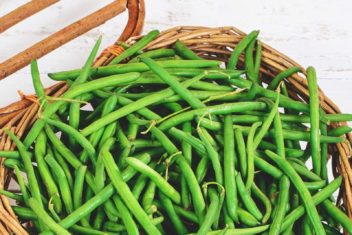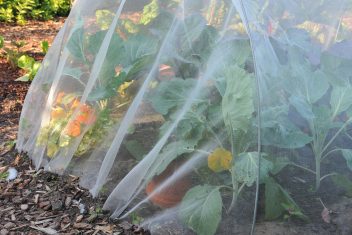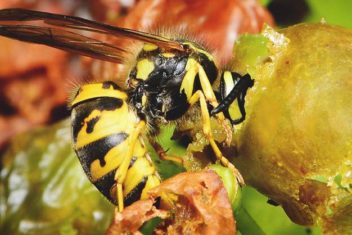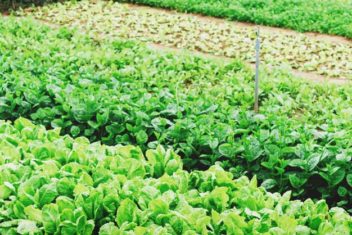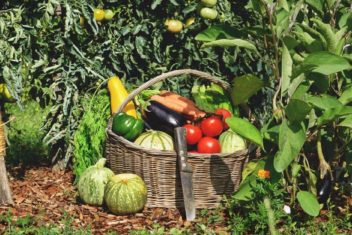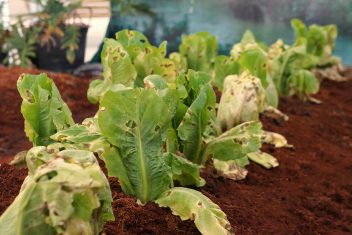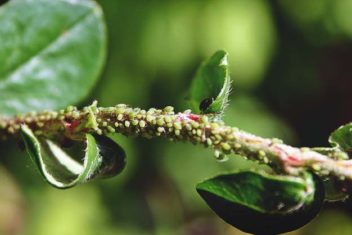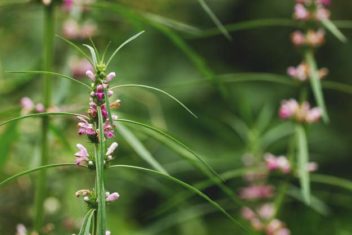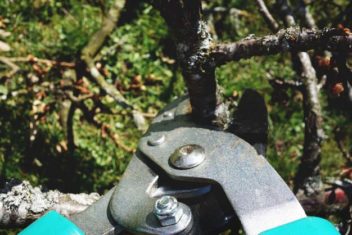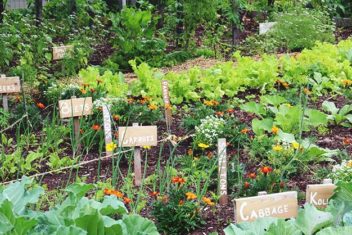Growing okra isn’t always the first choice for a vegetable garden. It has a bad reputation on the dinner table for being bland and slimy, and it isn’t well known outside of the South. But if you aren’t growing okra, you should consider it. Prepared right, it’s delicious, and it isn’t hard to grow.
Okra is native to Africa and arrived in North America in the 1600s, brought by slaves. In the Deep South, okra is commonly served both as a side dish and a thickener for stews and gumbo.
I never thought that I could grow okra in my backyard. We live in Ohio, and okra is a warm-weather crop, or so I thought. I learned that okra thrives in any climate where corn grows, so that means even Ohioans can grow okra if they want to give it a try.
So, if you’re interested in giving this classic southern crop a go in your backyard garden, read on for everything you need to know about growing okra.

The Best Okra Varieties
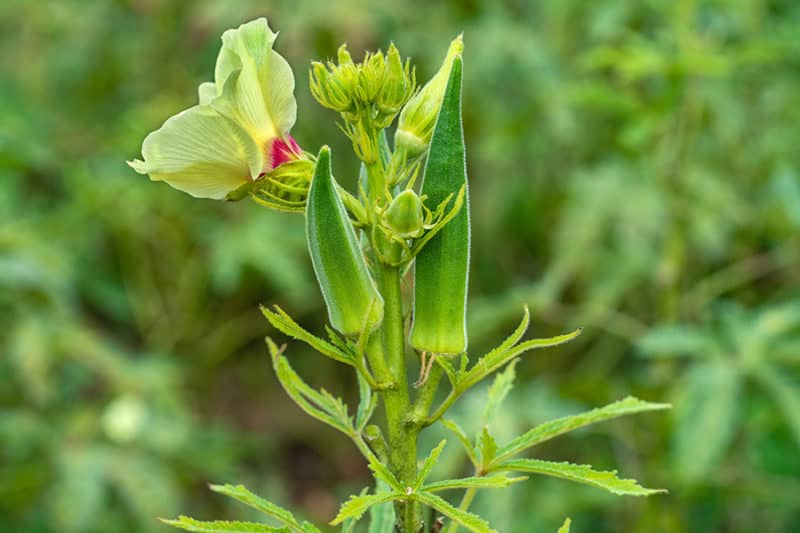
You can find many varieties of okra, but there are a few that are more popular than others. Make sure you pick a variety of okra that is suited not only to your climate but also to your tastes and plans. Pod size and color might be relevant to you, as well as the texture of the okra. Here are a few popular okra varieties.
Annie Oakley II
This variety takes 52 days to reach maturity and features spineless pods. The plants reach heights of 4 feet tall on average.
Clemson Spineless
Many gardeners love the Clemson spineless variety, which does well in most of the southern states, as well as the lower midwestern states. This plant reaches a height of 4 feet and spreads up to 4 feet in diameter. It’s an heirloom variety that is ready to harvest in 55-60 days.
Cajun Delight
Here is a variety that grows spineless, dark-green pods, and the plant reaches heights of 4 feet tall. It’s an excellent choice if you have a short growing season in colder climates because it matures in 50-55 days. The pods are 3-5 inches long.
Louisiana Green Velvet
If you want a variety that is good for big areas, this one is known for its vigorous growth. Plants reach heights of 6 feet tall. The pods are smooth and spineless. This plant bears fruit abundantly and matures in 65 days.
How to Plant Okra
Let’s get ready to grow okra!
Growing Zones
The plants in the mallow family, including okra, grow in zones 3-9.
Sun Requirements
Okra requires full sun, so when you select a location for growing this crop, make sure that it receives 6-8 hours of sunlight. Pick the sunniest spot you can for growing okra.
Soil Requirements
Okra grows in regular garden soil, but it does best in fertile loam. Ideally, plant it where a nitrogen-fixing crop grew previously, such as peas. Okra does best in well-draining soil that’s rich in organic matter. The ground should be on the acidic side with a pH level between 5.8-7.0.
To achieve the right soil for your plants, spread generous amounts of compost or other rich organic matter. Make sure you thoroughly mix it all into the soil before planting everything. Layering in compost not only improves the nutrient composition but also the texture of your soil.
When to Plant Okra
If you live in the South, plant okra in the early spring and then plant a second crop in June. You can grow it 3-4 weeks before the last spring frost date, as long as you cover the plants with a cold frame or a grow tunnel until the temperatures are warm enough.
If you live in colder areas with a short growing season, start the seedlings indoors six weeks before you plan to set them outside. They should be put outside 3-4 weeks after the last frost date.
The plants like it when the nights are at least in the 60s. During the day, okra prefers the temperatures to be in the 80s. To reach these temperatures, northern gardeners might need to wait until late June to plant. Pods appear within two months, so don’t worry too much!
Planting Okra Seeds
If you’re starting seeds in pots, sow two seeds in each container. If both sprout, clip off the weaker or smaller seedling. When you remove the plants from the pots, be careful because they have fragile taproots.
When you plant okra into the ground, make sure that the soil has warmed up. The temperatures need to be at least 70℉. Before you plant them in the ground, soak the seeds overnight in water. Another choice is to nick each seed coat with a file. Either method encourages germination.
Sow the okra seeds ½ inch deep in light soil and 1 inch deep in heavy soil. Make sure to space each seed at least 3 inches apart, and the rows should be 3 feet apart. Once the seeds sprout, thin the seedlings to 18-24 inches apart. Always look for the stronger plants when thinning.
Growing Okra in Containers
If you don’t have gardening space, growing okra in containers is a good solution. Pick a pot that is at least 3 gallons in size. The ideal choice is a 5-gallon pot that is 10-12 inches deep.
You should pick a dwarf okra variety or one that won’t grow above 5 feet tall. It’s important to remember that ora doesn’t transplant well, so you need to plant the seeds directly in the container or a biodegradable pot.
How to Care for Okra
Now that you have your okra plants in the ground, you have to learn how to take care of your plants. Let’s look at the watering and fertilizing needs.
Watering Okra
Okra adapts well to hot weather and doesn’t require a ton of water. If you have a dry spell during the summer, make sure to water. Otherwise, plants need one inch of water per week, but they might need a bit more if you live in a hot, arid region. Keep out a rain gauge to determine if watering is necessary.
Mulching Around Okra Plants
One essential trick for health okra plants is to mulch around them. When your okra plant is around 4 inches tall, mulch around the plants to keep weeds at bay and conserve moisture. Apply a layer that is 2-3 inches high.
Fertilizing Okra
Okra isn’t a heavy feeder, but it does benefit from compost. You can side dress the plants with compost every four weeks. If you don’t have compost, you can use a 10-10-10 fertilizer or aged manure, which is available by the bag at most farm and fleet stores. Plan to apply a balanced liquid fertilizer monthly.
The Best Companion Plants for Okra
Planting okra near these companion plants helps boost harvests. Some of these plants help to repel common pests that plaque okra, or they might add nutrients into the soil that okra plants require. Here are some examples of the best companion plants for okra.
- Lettuce
- Peas
- Radishes
- Peppers
- Tomatoes
- Beans
- Sunflowers
- Basil
- Melon
- Eggplant
- Cucumber
Don’t plant okra with garlic or rhubarb.
Common Okra Garden Pests and Diseases
Okra does some have common garden pests and diseases that might cause some damage to your plants. Let’s take a look at some of the ones you need to watch for diligently.
Aphids
Aphids are one of the most common pests that bother okra plants. These are small, soft-bodied insects on the underside of the leaves and stems. A severe infestation causes leaves to turn yellow, and you might find a sticky substance on the leaves that encourages the growth of mold.
You can find many organic methods to handle aphids. Try using reflective mulches, such as silver plastic, to deter aphids or knock the aphids with a jet of water. Insecticides typically are only required if the infestation is severe because most plants can tolerate a low or medium infestation. You also can try insecticidal soaps or neem oil to control the aphid population.
Charcoal Rot
If you notice discoloration of the stem at the soil line or cankers on the stem, you might have charcoal rot. This disease can cause the leaves to wilt and drop from the plant. It’s a fungus that also affects other plants such as beans and tobacco. The best way to defeat charcoal rot is to rotate garden beds to avoid building up the fungi in the soil and to avoid water stress.
Corn Earworms
The larvae of corn earworms can damage leaves, buds, flowers, and pods. Gardeners need to watch plants for eggs and young larvae. You can use Bacillus thuringiensis to help control insects on organically grown plants. You can use an appropriate chemical treatment to control corn earworms if you have larger amounts of crops.
Fusarium Wilt
If you notice wilted or necrotic edging on leaves, you might have fusarium wilt. Older plants can have the wilting and leaf chlorosis, but the wilting might be gradual. Fusarium wilt is a fungus that emerges during the warm temperatures, and it can be introduced through infected seeds or contaminated equipment.
While there aren’t too many great ways to get rid of fusarium wilt, you can try fumigating the soil to reduce disease incidences. Make sure to use certified, disease-free seeds.
Spider Mites
Spider mites show up as small white or tan spots on growing okra leaves and you’ll often see webbing on plants. Spray plants with a blast of water frequently. Introduce beneficial insects like ladybugs and parasitic mites. Spray plants frequently with neem oil.
Stink Bugs
To control stink bugs, keep your garden clean to remove places where the bugs can hide. Spray plants with a kaolin clay solution, ane introduce beneficial insects like lacewings, praying mantis and ladybugs to the garden.
Thrips
Thrips are tiny insects that suck the life out of plants. Prune away heavily infected areas and spray plants with neem oil.
Harvesting Okra
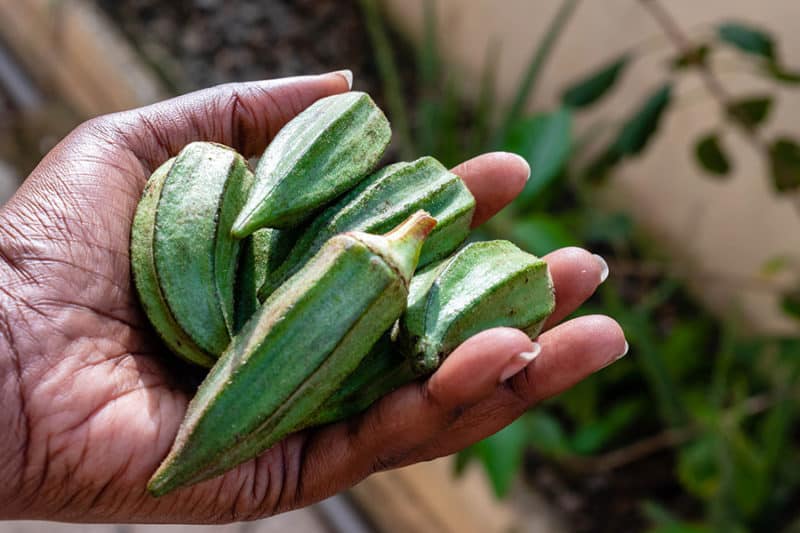
Around 50-60 days after you plant your okra, edible pods start to appear. As the okra pods mature, they get tougher, so it’s best to harvest daily with a sharp knife. Don’t allow them to get larger than finger-sized. The stems should be tender and easy to cut.
Continue to harvest from your plant until the frost kills it. You should be able to get a bountiful harvest from just a few plants. If you happen to miss a few pods and they toughen up too much, toss them into the compost or to your chickens.
One important tip is to wear gloves and a long sleeve shirt to harvest okra. While it might be hot outside, most varieties of okra are covered with tiny spines that can cut and irritate your skin. Unless you planted a spineless variety, coverage is the only way to skip out on this problem.
Once harvested, okra can be stored uncut and uncooked in the freezer. You can prepare them easily once frozen.
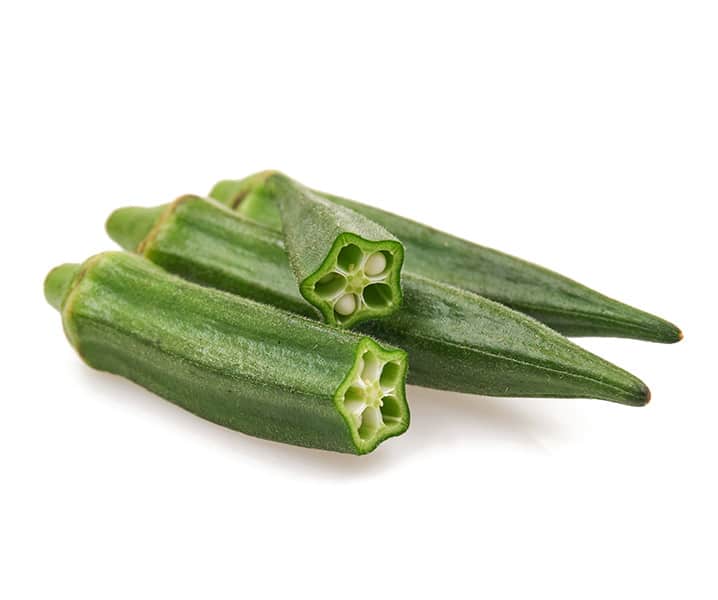
You can bake, fry, pickle or roast okra. Cook them into cornmeal cakes, wrap them in bacon, or grill them on the barbecue.
Final Thoughts on Growing Okra
Don’t let your location deter you from growing okra. Even if you don’t live in the South, you can have an abundant okra harvest this year. Make sure you plant at the right time and avoid transplanting. With the proper watering and fertilizing techniques, learning how to grow okra isn’t as hard as you might think.
